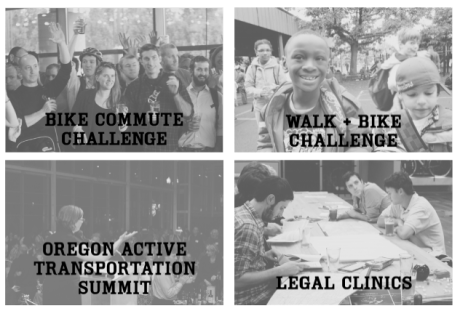 WhiteWave Foods is a leading consumer food and beverage company and their milk dairy facility in Dallas, Texas recently received green building certificates! WhiteWave Foods produces Silk®, Horizon®, International Delight® and Earthbound Farm® products. Their 325,000 square foot facility earned the U.S. Green Building Council (USGBC) LEED® (Leadership in Energy and Environmental Design) certification for New Construction.
WhiteWave Foods is a leading consumer food and beverage company and their milk dairy facility in Dallas, Texas recently received green building certificates! WhiteWave Foods produces Silk®, Horizon®, International Delight® and Earthbound Farm® products. Their 325,000 square foot facility earned the U.S. Green Building Council (USGBC) LEED® (Leadership in Energy and Environmental Design) certification for New Construction.

This facility includes both a dairy and no-dairy area, there is also a 5,000 hp ammonia refrigeration system, multiple raw milk receiving bays, soy extraction area, multiple batching, filler lines and finished product coolers. This state-of-the-art facility is the result of just 8 months of renovation at a former frozen yogurt plant.
The president of WhiteWave Foods explained that the company is committed to helping people eat better and that how they make their products is just as important as what they make.

Vendingmarketwatch.com’s article on WhiteWave Food explained how the LEED credits were earned for this building:
“The LEED green building certification system is the foremost program for the design, construction and operation of green buildings. Green attributes of the WhiteWave facility include:
· Nearly 90 percent of all demolition and construction waste associated with the project was diverted from landfills.
· Landscaping that requires no irrigation
· Fixtures that use 30 percent less water
· 100 percent of wood-based building materials certified sustainable by the Forest Stewardship Council (FSC)
· Nearly half of all building materials manufactured within 500 miles of the site
· Use of materials and design techniques that facilitate solar reflectivity, helping to address “heat island” challenges associated with Dallas’ urban development. According to the U.S. Environmental Protection Agency (EPA), the annual mean air temperature of a city with 1 million people or more can be 1.8–5.4°F warmer than its surroundings, increasing summertime peak energy demand, air pollution and greenhouse gas emissions, and heat-related illness.”
Since this company’s products are so popular it’s good to know that WhiteWave Foods is committed to our health and how their products are made. This building also employed 300 individuals and LEED buildings are one incredible way to help the planet.
Source: http://www.hill-wilkinson.com/markets/food-beverage/white-wave-foods
and
http://www.vendingmarketwatch.com/news/11574721/whitewave-foods-opens-companys-first-certified-green-manufacturing-plant
Another great Green article from Green Halo
Track your recycling at www.greenhalosystems.com
Follow Green Halo on Twitter at http://twitter.com/greenhalousa




